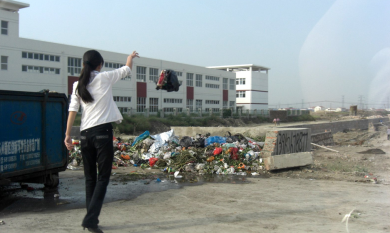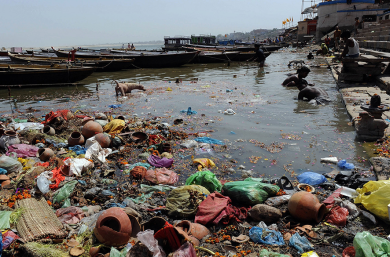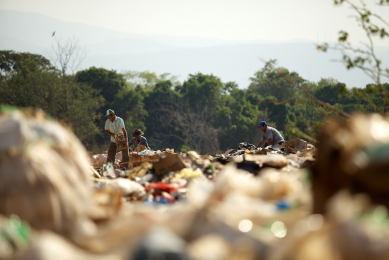
Our world has roughly 139 countries that are still developing. This is nearly 70% of the world’s 196 countries. This means that nearly 70% of the world does not have a solid waste management infrastructure in place. This is the case for countries of all sizes, including China, India, and Brazil. These countries are all working on the foundation of their solid waste management infrastructure, each with a different approach.
Some cities in China are beginning the use of a Pay-As-You-Throw method. Meaning citizens purchase trash bags from the city, the amount spent depends on the amount of waste they produce, instead of paying a set rate monthly. This solution is said to deter waste, and promote recycling. It has also been said to save citizens money. However, this solution also comes with waste sorting, which seems to disgruntle residents.
As for India, they are slowly running out of landfill space, and need to develop a plan to divert waste from their current landfills. Although, some of India’s cities are trying to find solutions to the trash piling up in their towns, they have yet to come to a conclusive solution. Civic officials in Pune have expressed their inability to come up with a reasonable solution to their waste problem. According to The Times of India, Pune’s heaps of rotting trash are beginning to pile up on the street corners in the city. As much as 4,000 metric tons have not been cleared from the town in nearly 7 days.

Brazil is set to host two major world events in the coming years. Rio de Janeiro is set to have the World Cup this year, and will welcome the Olympic Games come 2016. Brazil has a lot to do in the next few years to expand their infrastructure and be ready for the Olympic tourists. Their plans include highways, plants, ports, and airports. However, the country will also need to invest in their waste management infrastructure. According to China Go Abroad, Brazil produces nearly 150,000 tons of garbage each year. Brazil recently passed into law, the comprehensive National Policy on Solid Waste. This law is the culmination of a long line of policies strongly emphasizing the use of recycled materials. Despite the efforts of Brazil’s government, states, municipalities, agencies, and industry organizations, approximately 43% of the waste collected in Brazil is not adequately treated.

These countries only break the ice on the need for a solid waste management infrastructure in developing countries. There are still nearly 136 other countries that are in need of a plan or money to solve their waste management problems. What do you think is the best method to develop a solid waste management infrastructure for these developing countries?